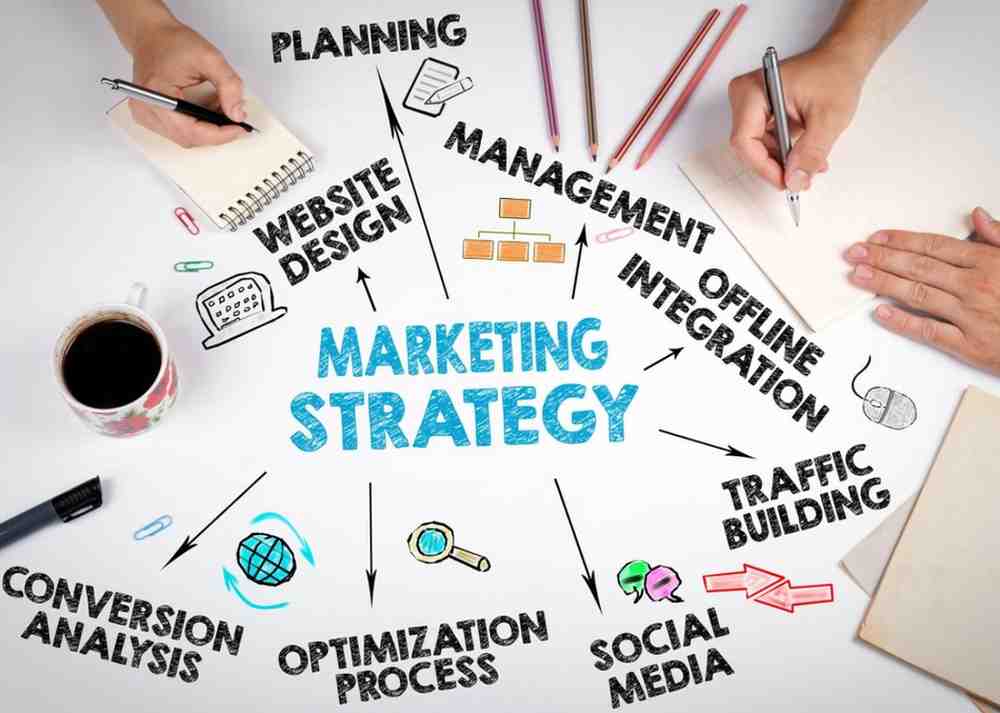
Balancing profit and purpose is one of the biggest challenges companies face today. As businesses grow, the pressure to generate revenue often pushes them to prioritize short-term gains over long-term values. Yet, consumers are paying closer attention to what brands stand for, not just what they sell. If companies want to succeed in this new era of conscientious consumers, they need to build marketing strategies that are both profitable and sustainable. But how do you do that without losing focus on what matters? How do you create marketing campaigns that speak to the bottom line and reflect your brand’s core mission?
At Rediem, we understand the fine line brands have to walk between profit and purpose. That's why our platform is built to help businesses develop marketing strategies that work for both—profit-driven results with purpose-led campaigns.
The Profit-Purpose Tug of War
Building a business is often a balancing act between making money and doing good. On one hand, you need to be financially successful to keep the lights on and pay your team. On the other hand, if your brand doesn’t align with values that matter to your customers, they’ll go elsewhere. This conflict can be even more pronounced for newer businesses or those entering highly competitive markets. The need for growth can make it tempting to adopt strategies that prioritize quick wins, but these can easily conflict with your long-term goals.
A perfect example of this struggle is Patagonia, which has successfully integrated both profit and purpose in its operations. Patagonia takes strong stances on environmental issues, which has earned the company a loyal customer base willing to pay premium prices for their products. The brand has managed to avoid the trap of sacrificing its values for short-term profits, and instead, it has built trust by sticking to its principles.
However, Patagonia didn’t just arrive at this point by making declarations. The company had to refine its marketing approach over time to demonstrate its commitment to sustainability in every part of its business. This is a key takeaway for any brand looking to build a sustainable marketing strategy: it’s not just about saying you care, it’s about proving it through consistent actions and messaging.
What Does Purpose-Led Marketing Look Like?
Purpose-led marketing goes beyond traditional advertising. It’s about connecting with consumers on a deeper level by showcasing the values your brand stands for. Take Nike’s approach, for instance. Its campaigns often feature stories of athletes overcoming challenges, focusing on broader societal issues like equality and mental health. This allows the brand to create an emotional bond with its audience, while still staying true to its core product line—athletic apparel.
But doing this successfully isn’t easy. It requires authenticity, consistency, and the willingness to back up your brand's statements with action. Consumers are savvier than ever and can easily spot insincerity. If you claim to care about the environment but continue practices that harm it, you’ll lose credibility, and fast.

Here’s the key: marketing your purpose doesn’t have to come at the expense of profitability. In fact, it can enhance it. According to a report by Harvard Business Review, purpose-driven brands grow at more than twice the rate of their competitors. The lesson is simple—when customers believe in your mission, they’re more likely to stick with you.
Steps to Balance Profit and Purpose
Know Your Brand’s “Why”
Before diving into marketing strategies, it’s essential to define the core purpose of your brand. Why do you exist beyond just making money? What problem are you trying to solve? For some companies, this might be an environmental cause; for others, it might be advocating for social justice or mental health awareness. Once you have a clear purpose, you can shape your messaging and campaigns around it. This makes your marketing more authentic and, ultimately, more effective.
Align Your Metrics With Your Purpose
Traditional marketing metrics like conversion rates and return on investment (ROI) are crucial, but they shouldn’t be the only benchmarks of success. To build a sustainable marketing strategy, include metrics that reflect your brand’s impact on society or the environment. If your goal is to reduce your carbon footprint, for example, track how your campaigns contribute to that target. By aligning metrics with purpose, you ensure that profitability and sustainability grow hand-in-hand.
Involve Your Audience
Sustainable marketing is as much about building relationships as it is about selling products. Consumers today want to feel involved with the brands they support. By creating campaigns that invite your audience to participate in your mission, you build a community that champions your cause. Whether it’s through user-generated content, community events, or social media challenges, involving your audience in meaningful ways can create lasting engagement.
Be Transparent About Your Challenges
No business is perfect, and consumers appreciate brands that are honest about the difficulties they face. If your company is working towards being more sustainable but isn’t there yet, share that story. Let your audience know what steps you’re taking to get there, and why certain compromises might be necessary along the way. Transparency builds trust, and when customers trust you, they’re more willing to stick with you—even through rough patches.
Don’t Be Afraid to Experiment
A successful sustainable marketing strategy often involves trial and error. What works for one brand might not work for another, and that’s okay. Be open to trying new approaches, whether it’s incorporating more video content, focusing on influencer partnerships, or using data-driven insights to target specific audience segments. The key is to stay flexible and willing to adapt while staying true to your brand’s purpose.
Pitfalls to Avoid
One common mistake is thinking that simply aligning with a cause will boost your profits. Purpose-driven marketing only works when it’s authentic. If your brand is hopping on a trend just to capitalize on a social issue, it will backfire. For example, when Pepsi released an ad in 2017 that seemed to trivialize the Black Lives Matter movement, it was met with widespread criticism. Consumers saw it as a shallow attempt to profit from a serious issue, and the backlash was swift.

Another pitfall is focusing too much on purpose and neglecting profitability. Businesses still need to generate revenue to survive, and there’s no shame in that. The goal is to find the balance where purpose and profit coexist, allowing your brand to grow sustainably.
The Future of Sustainable Marketing
As we look ahead, it’s clear that the importance of purpose in marketing will only continue to grow. Consumers are more aware than ever of the impact their purchases have on the world, and they want to support brands that align with their values. At the same time, the business landscape is becoming increasingly competitive, and those companies that fail to adapt risk being left behind.
To build a sustainable marketing strategy that works, you must strike the right balance between profit and purpose. It’s not about sacrificing one for the other, but about integrating both into a cohesive approach that reflects your brand’s values and meets the needs of today’s consumers.
If you’re ready to take the next step in building a marketing strategy that aligns with your brand’s purpose while driving results, Rediem can help you get there. With tools designed to make sustainable marketing simple, Rediem offers everything you need to stay profitable while staying true to what your brand stands for.

